#hyosub
Explore tagged Tumblr posts
Text
If Kenpachi was there when Gotei 13 met Squad 0




☀️chaos☀️
#bleach#bleach fanart#retsu unohana#kenpachi zaraki#anime fanart#artists on tumblr#kenuno#shunsui kyoraku#jushiro ukitake#tenjiro kirinji#senjumaru shutara#soi fon#shinji hirako#ichibe hyosube
779 notes
·
View notes
Text


New Senjumaru Shutara and Ichibē Hyōsube illustration by Tite Kubo
#Bleach Thousand Year Blood War#Bleach TYBW#Bleach#Bleach anime#Tite Kubo#Senjumaru Shutara#Ichibe Hyosube#Studio Pierrot#anime#TV anime#manga
196 notes
·
View notes
Text
(Almost) Every single character who has carried the Title of Captain (Part 1)

#makebleachgreat#bleach#rukia kuchiki#genryusai shigekuni yamamoto#kenpachi zaraki#soi fon#kisuke urahara#kaname tosen#sosuke aizen#toshiro hitsugaya#love aikawa#sajin komamura#shunsui kyoraku#yoruichi shihouin#isshin kurosaki#shinji hirako#kensei muguruma#byakuya kuchiki#rose otoribashi#oetsu nimaiya#ichibe hyosube#kenpachi unohana#jushiro ukitake#gin ichimaru#mayuri kurotsuchi
176 notes
·
View notes
Text

An Elephant Is Warm And Mushy Episode 3: Me, Myself and Eye.
Shinso and Ichibei learn more about Nobody. Shinso learns A Lot more!
Please note: This chapter contains explicit content, not for audiences under 18.
228 notes
·
View notes
Text

kenpachis family hanging out with squad zero 🤭
/fem.zaraki x unohana
#bleach#bleach unohana#retsu unohana#yachiru unohana#captain unohana#bleach tybw#kenpachi zaraki#kenuno#yachiru kusajishi#squad zero#kirio hikifune#tenjiro kirinji#senjumaru shutara#ichibe hyosube
520 notes
·
View notes
Text


Senjumaru Shutara and Ichibē Hyōsube drawn by Tite Kubo.
#bleach.posting#bleach#bleach anime#bleach manga#bleach tybw#tybw anime#senjumaru shutara#ichibe hyosube
118 notes
·
View notes
Text

The Five War Potentials
#bleach#bleach tybw#ichigo kurosaki#bleach ichigo#kisuke urahara#bleach urahara#zaraki kenpachi#bleach kenpachi#aizen sosuke#sosuke aizen#ichibe hyosube
94 notes
·
View notes
Text
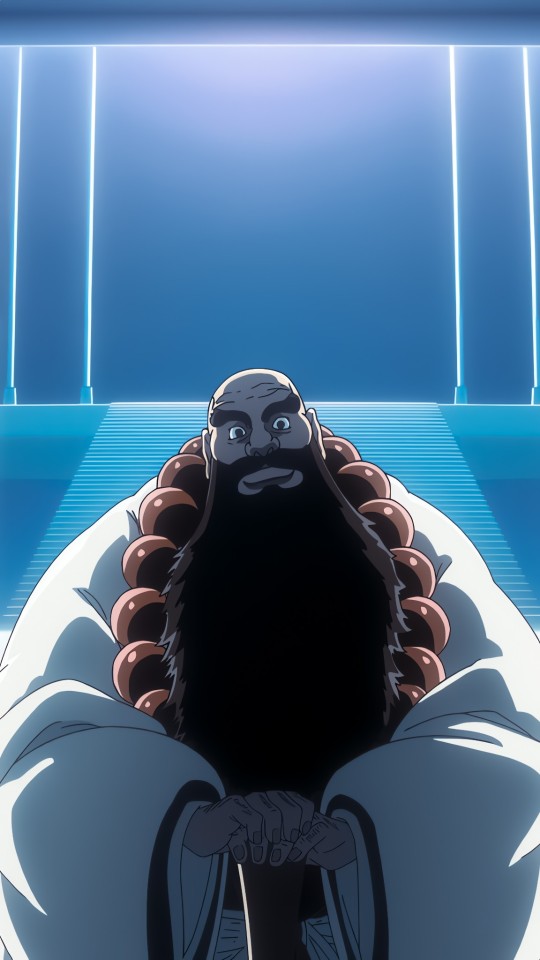

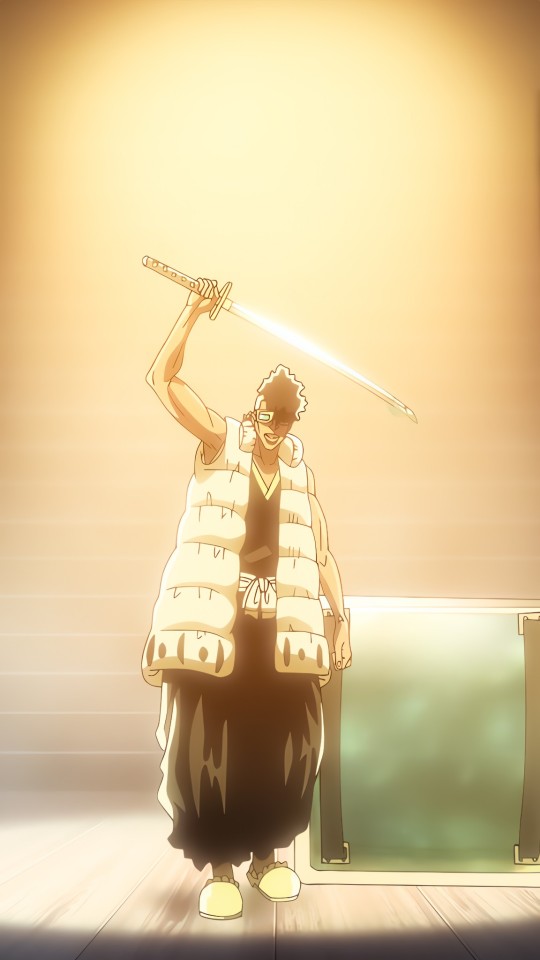

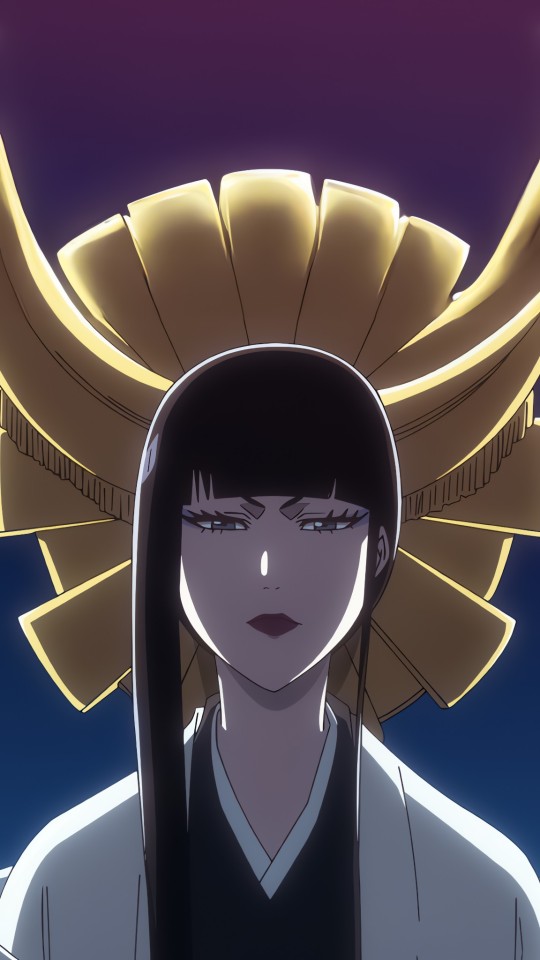

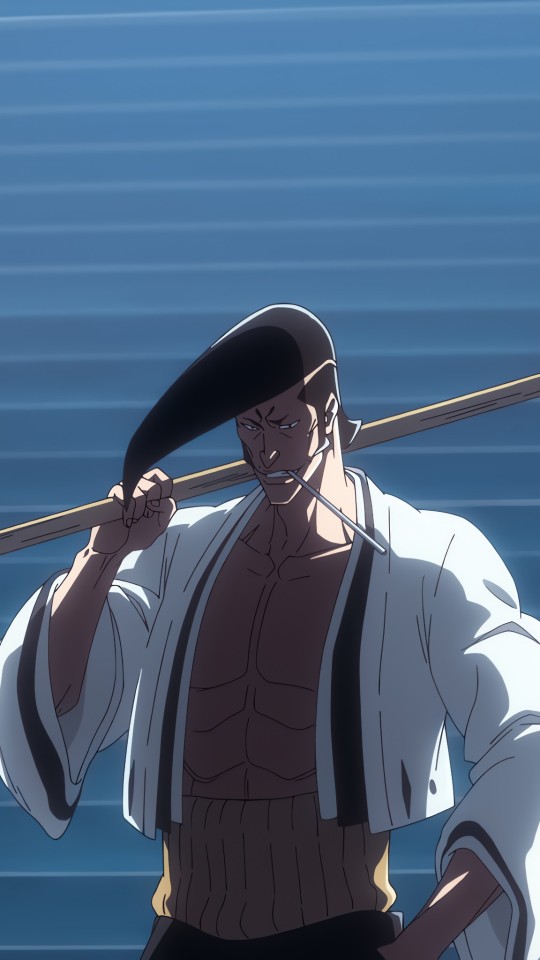

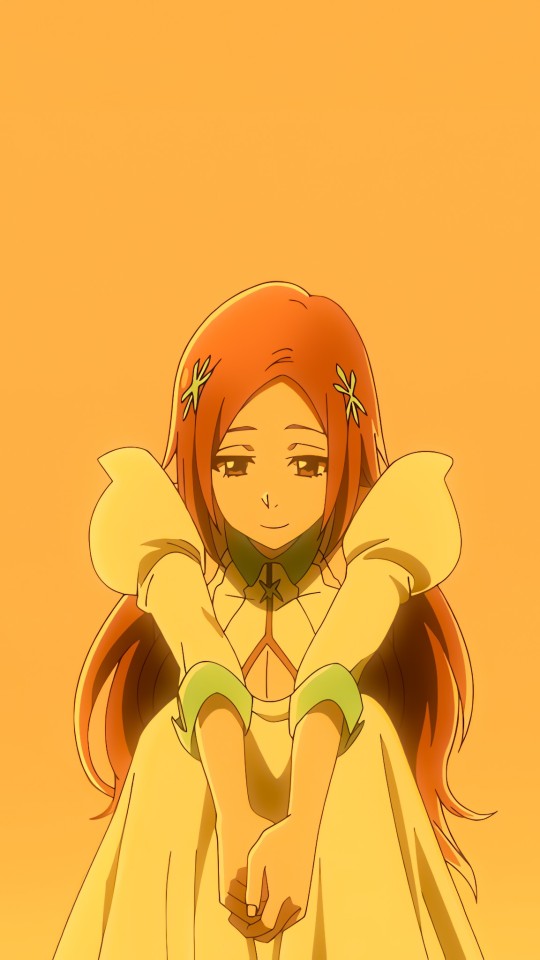
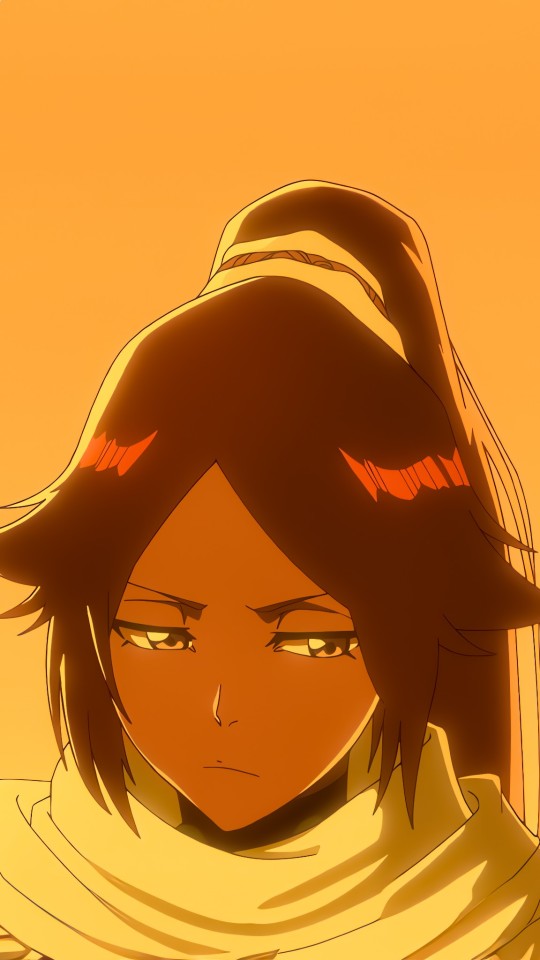
Bleach - wallpapers
#bleach#bleach tybw#ichibe hyosube#bleach yhwach#yhwach#yoruichi#yoruichi shihouin#orihime inoue#byakuya kuchiki#senjumaru shutara#oetsu nimaiya#tenjiro kirinji
471 notes
·
View notes
Text









兵主部 一兵衛 - 不転太殺陵
Hyōsube Ichibē - Futen Taisatsuryō
#bleach#bleach tybw#futen taisatsuryō#hyosube ichibe#ichibe hyosube#anime#animation#action series#fantasy series#fight scene#battle scene#gif
59 notes
·
View notes
Text
Idk what this is but it has to be two of my favorite genders





#dungeon meshi#bleach#final fantasy#castlevania#senshi dungeon meshi#ichibe hyosube#jugram haschwalth#sephiroth#adrian tepes#alucard
30 notes
·
View notes
Text

#bleach#bleach fanart#anime fanart#artists on tumblr#squad zero#squad 0#tenjiro kirinji#kirio hikifune#senjumaru shutara#oetsu nimaiya#ichibe hyosube
159 notes
·
View notes
Text





Dunno what I'm doing here with these really. Just bored and killing time, I guess... The character behind all of them seems to be Mei[盟]: "Alliance"/"Oath"(as in what you swear in forming an alliance) No idea what to make of that... Otherwise,
Love the ensou[円相] pattern on Ichibee's shirt.
Tenjirou's shirt says Fuu⛤ryou[不⛤良]: "Delinquent/Hoodlum" lit. "non/un-" + "good(quality)" = "bad/not-good(quality)"
Weirdly there's just kinda nothing going on in Oh-etsu's
Nothing to translate --and I know i've babbled on about i before-- but I can't get over Kubo's extremely deliberate choices surrounding Senjuumaru's chest. Like... Not just continuing to completely obscure her chest silhouette but also putting her in a suit here? Not beating the onnagata allegations...
I have no idea what's going on with Kirio's earring. My first instinct was to look up what a paulownia blossom looks like but that's def not it?
#bleach#royal guard#squad zero#ichibe hyosube#oetsu nimaiya#kirio hikifune#senjumaru shutara#tenjiro kirinji#bleach meta
38 notes
·
View notes
Text
EVERY SINGLE BANKAI IN BLEACH

Every freanking BANKAI that has appear in Bleach, i freaking dare you to mention one that i forgot
Obviasly i coundn't put Kurayashiki's Bankai because there's no picture of it and i cound't put Senjumaru's Bankai because it's an anime's exclusive.
It was very hard to find all colored pages of these Bankai's so please Like, share, reblog and reply or just Like it.
#makebleachgreat#bleach#ichigo kurosaki#bankai#rukia kuchiki#genryusai shigekuni yamamoto#soi fon#kaname tosen#kenpachi zaraki#kisuke urahara#kugo ginjo#ikkaku madarame#mayuri kurotsuchi#shunsui kyoraku#kensei muguruma#rose otoribashi#toshiro hitsugaya#ichibe hyosube#renji abarai#byakuya kuchiki#shinji hirako#gin ichimaru#retsu unohana#chojiro sasakibe#sajin komamura#shuhei hisagi
98 notes
·
View notes
Text

29 notes
·
View notes
Text
AEIWAM Chapter 3: Wheel In The Sky is now up!
-There's a lot of world-building in this chapter because it was literally faster to write the fic than to attempt to answer all the asks. If you sent me an AEIWAM ask, thank you so much, you helped a lot!
Title Card:

#AEIWAM#An Elephant Is Warm And Mushy#Bleach#Bleach Fanfic#ichibe hyosube#Nobody/Soul King#Shinso Ichimaru
161 notes
·
View notes
Text

Yhwach and Ichibē drawn by animation director Komatsubara Sei.
#bleach.posting#sternritter#bleach#bleach anime#bleach manga#bleach tybw#tybw anime#ichibe hyosube#yhwach
123 notes
·
View notes